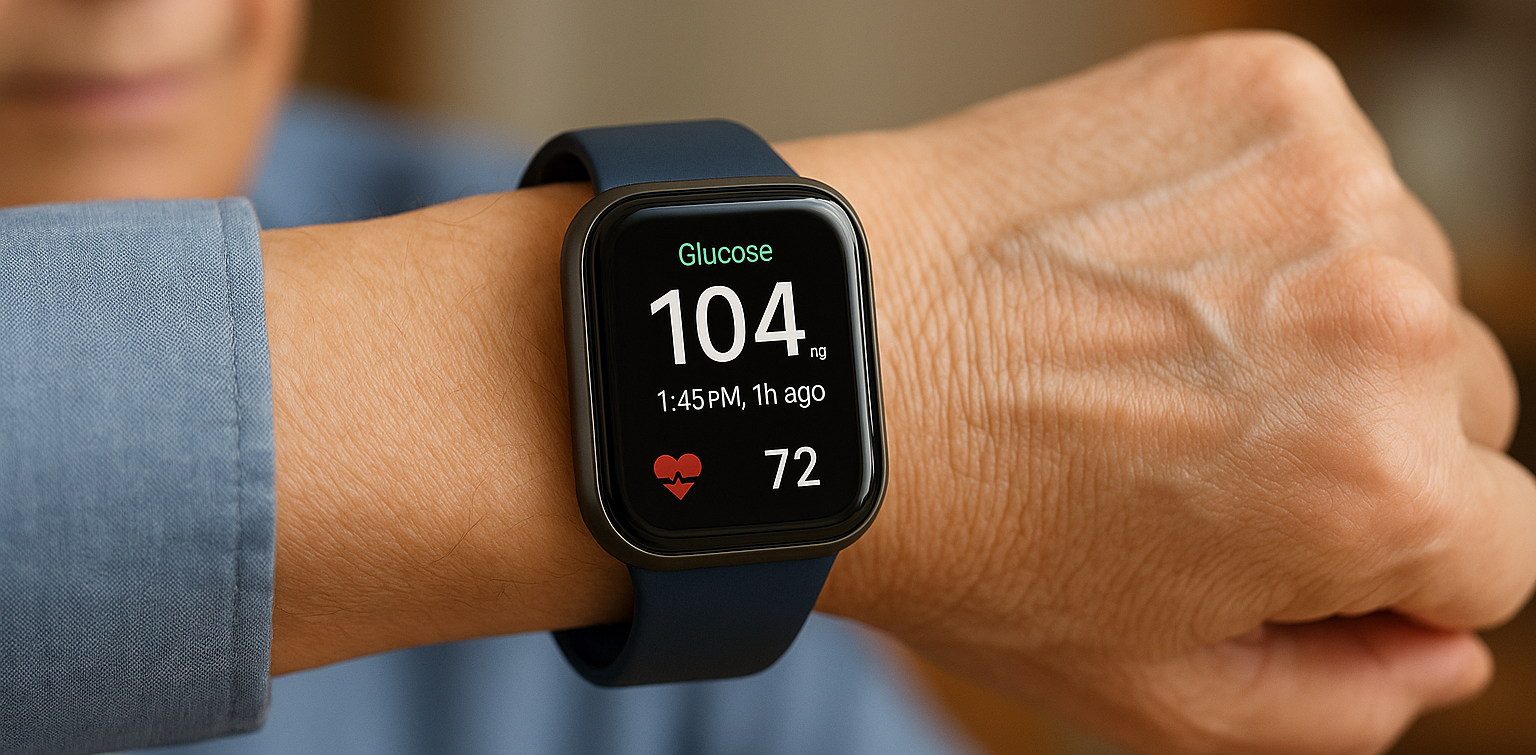The Evolution of Smartwatches in Glucose Monitoring
Smartwatches have come a long way since their inception, evolving from basic wearable devices into sophisticated health monitoring tools. Among their many features, the ability to monitor glucose levels has emerged as a groundbreaking innovation, offering a new layer of health management for individuals with diabetes. With conditions like diabetes affecting millions globally, the integration of glucose monitoring in smartwatches is transforming patient care by offering real-time tracking and personalized data insights.

Innovative Features of Smartwatch Glucose Monitoring
Smartwatches equipped with glucose monitoring capabilities are packed with innovative features that make managing diabetes more efficient and less intrusive. These devices utilize non-invasive sensors to continuously monitor blood glucose levels, eliminating the need for traditional finger-prick tests. Advanced algorithms then analyze the data to provide insights into glucose trends, predict potential spikes, and offer actionable suggestions.
Some smartwatches are further enhanced with connectivity features, allowing users to sync data with their smartphone apps. This connectivity facilitates thorough data analysis and sharing capabilities with healthcare providers, enabling a more collaborative approach to managing diabetes.
Real-Time Tracking and Alerts
One of the most significant advantages of smartwatch-based glucose monitoring is real-time tracking. Devices provide continuous data that users can access at any moment, offering peace of mind and reducing the hassle of manual monitoring. Furthermore, these smartwatches are designed to send alerts and notifications should glucose levels fall outside of pre-set ranges. This feature is crucial for preventing dangerous situations like hypoglycemia or hyperglycemia.
Emergency alerts are also a standby feature. In cases where glucose levels reach critically low or high thresholds, an SOS alert can be activated, notifying pre-designated contacts or healthcare providers to ensure timely intervention and care.
Health Benefits for Seniors
The risk of type 2 diabetes increases with age, making glucose monitoring particularly critical for senior citizens. Smartwatches offer several significant advantages for older users. First, their real-time monitoring capability assists seniors in managing their diabetes more effectively by providing continuous data about their glucose levels, which can be shared instantly with healthcare providers for better management and decision-making.
Additionally, smartwatches often incorporate features beyond glucose monitoring that are invaluable for seniors, such as heart rate monitoring, fall detection, and medication reminders. These features collectively work to mitigate health risks and promote active, independent living. For those who may face challenges in operating complex devices due to age-related conditions like arthritis or cognitive impairments, user-friendly interfaces and voice command features make these smartwatches accessible and simple to use.
Choosing the Right Smartwatch for Glucose Monitoring
With numerous options in the market, selecting the right smartwatch can be daunting. When choosing a smartwatch for glucose monitoring, consider the following factors:
- Compatibility: Ensure that the smartwatch is compatible with your smartphone and any existing diabetes management apps you use.
- Battery Life: Look for models with prolonged battery life to accommodate continuous glucose monitoring without frequent charging.
- Data Accuracy: Investigate the accuracy of the sensors and algorithms in the smartwatch. Reviews and scientific studies can provide insights into reliability.
- Ease of Use: Select a device that offers ease of navigation and user-friendly interfaces, ensuring a smooth user experience.
- Cost and Features: Balance your budget with the features offered. Advanced models may come with higher price tags, but also provide more comprehensive health monitoring.
It's also wise to consult with healthcare professionals who can recommend devices based on individual health needs and compatibility with existing treatment plans.
For more information on how smartwatches are revolutionizing health monitoring, consider the following resources: Healthline, and Medical News Today.

